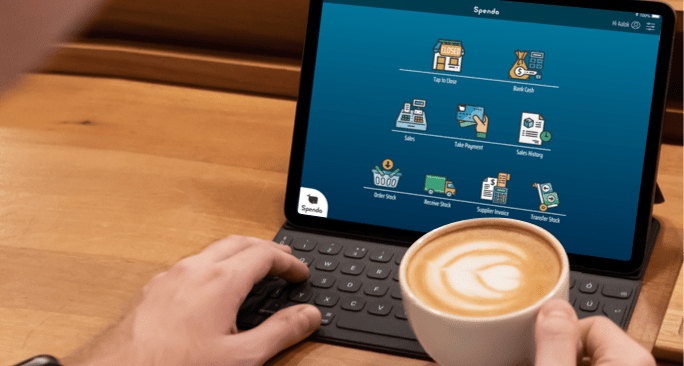The New Software Technology Boosting B2B Sales
Over the last few years, Business to Business (B2B) and Business to Consumer (B2C) efficiency, revenue and customer engagement has differed enormously.
B2C became incredibly fast and efficient via digitisation. Our thumbs and screens eloped, and consumers were empowered with complete product transparency and seamless impulsive purchasing.
Put simply; they have everything they need for browsing, buying and more in one place.
B2B companies have tried implementing this, but their efficiency has lagged. Some arrived too late to the party.
Take Toys“R”Us for example. They only revamped their website to be unified and include all their products in 2016 to compete with the likes of Amazon, Kmart, Walmart and Target.
By 2018 they folded. Their Chief Technology Officer Lance Wills stated “We were trying to catch up on ten years of innovation.”
While there were many nails in the Toys”R”Us coffin, not keeping pace with modern technology and their competitors who adapted was the hammer.
So, safe to say unified software for B2B transactions is essential, but not every business has it because this implementation can be tedious.

There are thousands of businesses within Australia still logging all their data manually on paper or PC’s because they are unable to use unified software. There are three culprits behind this:
It’s expensive. Larger businesses have the revenue and capabilities to purchase the management software to run an entire business, but not every B2B company makes billions.
It’s complex. Many businesses do not understand the jargon of unified software. They are complex to build, install and teach to staff across one or multiple locations.
It’s not specialised. Software companies commonly force businesses to change processes to suit their technology rather than shaping it uniquely to their preferences, then charge them a fortune for features and functionalities they will never need or use.
Only now, through cheaper, user-friendly and specialised B2B software can businesses manage and showcase their entire catalogues simply and efficiently.
The kicker? They can also manage their accounts, warehouses, invoices, inventory, customers, inside sales and field sales from this one integrated solution.

The Stats Don’t Lie
The best-in-class Australian B2B marketers in 2019 addressed customer empathy, technology adoption and alignment between their sales and marketing.
These three vital channels are commonly monitored separately. The most profitable B2B companies were 80% more likely to have integrated all these crucial components within one platform. Yet, just 21% of respondents reported using this technology.
Only 46% of businesses aligned their sales and marketing. It works so well for B2C retailers having purchasing and ordering available within their digital catalogues. Hence, it beggars belief why less than half of B2B companies prioritise this.
Thankfully, this number is on the rise and B2B merchants are finally boosting sales, revenue, efficiency and customer experiences.
Transparency, Control, Expansion & Sales
Customers in 2020 now value shopping experience over price and product quality. Your buyers want personalised shopping experiences every time they purchase your items.
It’s why new B2B unified software also allows you to track the past and favourite purchases of customers to establish recurring purchase patterns and loyalty programs.
They also enable viewing and editing of entire catalogues so businesses can engage with customers more transparently.
Bulk discounts, icons, distinct customer classes, price bands and product bundles can also be created in real-time to attract customers.
Businesses browsing your products can build, create and manage purchase templates with full order status tracking.
You can even collaborate, upsell and make recommendations during orders to make their experience with your business more efficient and enjoyable.
Because purchase history and stock is monitored digitally and updates in real-time, completing returns or refunds for customers is a breeze.
Not only do these systems integrate to financial cloud platforms such as MYOB, Xero and Quickbooks in seconds, this entire order and payment transaction works 24/7 with automatic currency conversion.
It’s why unified software systems are opening the window to increased overseas sales for Australian B2B companies and finally bridging the gap to the advantages of B2C.
Change your system. Not your vision.
View all features available with new B2B software.










